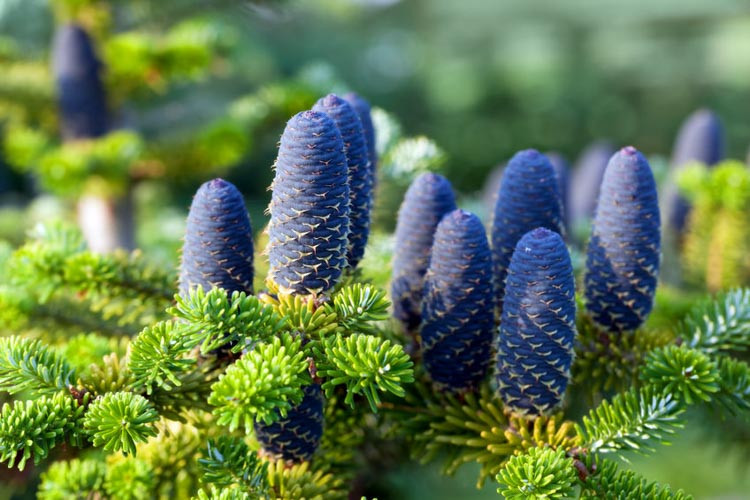Abies (Fir) -Expert Tips for Gardening Success
Cultivating Abies, or fir trees, can be a rewarding endeavor for gardeners. These evergreen conifers offer year-round beauty and function well as specimen plants, privacy screens, or Christmas trees. Here are some expert tips for gardening success with fir trees:
- Choose the Right Species: Fir trees vary widely in size, color, and growth habit, so choose a species that suits your needs and garden conditions. Dwarf varieties can be ideal for small spaces or container gardening.
- Planting Location: Most fir trees prefer full sun or partial shade and require a spacious area for growth. Be mindful of their mature size when planting to ensure they have enough room to spread.
- Soil Considerations: Fir trees thrive in well-draining soil with a slightly acidic to neutral pH. Amend heavy clay or sandy soil with organic matter to improve its structure and fertility.
- Watering: Water newly planted fir trees regularly until they’re established. Once mature, they’re relatively drought-tolerant but still appreciate occasional deep watering during extended dry periods.
- Mulching: A layer of organic mulch around the tree can help conserve soil moisture, regulate temperature, and deter weeds.
- Pruning: Generally, fir trees require little pruning. Remove any dead or damaged branches as needed, ideally during late winter or early spring.
- Pest and Disease Control: Monitor for signs of common tree pests and diseases, such as aphids, bark beetles, and needle rust.
By understanding the needs of fir trees and providing proper care, you can enjoy their majestic beauty in your garden for many years.

